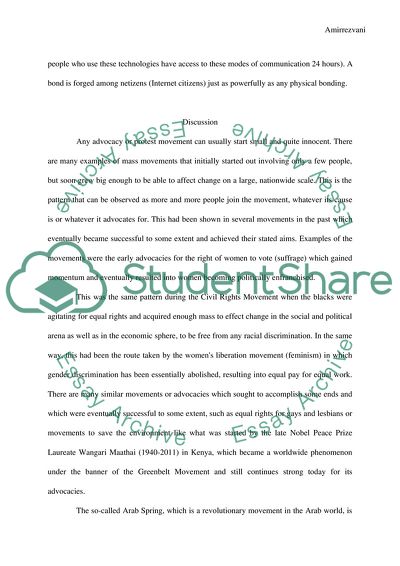Cite this document
(Web Bonding and Physical Bonding Literature review, n.d.)
Web Bonding and Physical Bonding Literature review. https://studentshare.org/information-technology/1786158-how-web-bonding-is-powerful-as-physical-bonding
Web Bonding and Physical Bonding Literature review. https://studentshare.org/information-technology/1786158-how-web-bonding-is-powerful-as-physical-bonding
(Web Bonding and Physical Bonding Literature Review)
Web Bonding and Physical Bonding Literature Review. https://studentshare.org/information-technology/1786158-how-web-bonding-is-powerful-as-physical-bonding.
Web Bonding and Physical Bonding Literature Review. https://studentshare.org/information-technology/1786158-how-web-bonding-is-powerful-as-physical-bonding.
“Web Bonding and Physical Bonding Literature Review”. https://studentshare.org/information-technology/1786158-how-web-bonding-is-powerful-as-physical-bonding.


